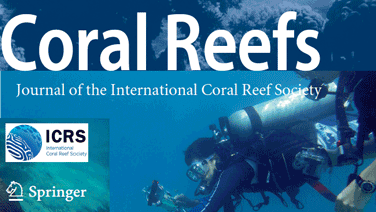Niche differences in co-occurring cryptic coral species (Pocillopora spp.)
Erika C. Johnston1, Alex S.J. Wyatt2, James J. Leichter3, Scott C. Burgess1
1Department of Biological Science, Florida State University, Tallahassee, FL, USA. 2Department of Ocean Science and Hong Kong Branch of the Southern Marine Science and Engineering Guangdong Laboratory, The Hong Kong University of Science and Technology, Clear Water Bay, Kowloon, Hong Kong. 3Scripps Institution of Oceanography, University of California San Diego, La Jolla, CA, USA.
Cryptic species that are morphologically similar co-occur because either the rate of competitive exclusion is very slow, or because they are not, in fact, ecologically similar. The processes that maintain cryptic local diversity may, therefore, be particularly subtle and difficult to identify. Here, we uncover differences among several cryptic species in their relative abundance across a depth gradient within a dominant and ecologically important genus of hard coral, Pocillopora. From extensive sampling unbiased towards morphological characters, at multiple depths on the forereef around the island of Moorea, French Polynesia, we genetically identified 673 colonies in the Pocillopora species complex. We identified 15 mitochondrial Open Reading Frame haplotypes (mtORFs, a well-studied and informative species marker used for pocilloporids), which included at least six nominal species, and uncovered differences among haplotypes in their relative abundance at 5, 10, and 20 m at four sites around the island. Differences in relative haplotype abundance across depths were greater than differences among sites separated by several kilometers. The four most abundant species are often visibly indistinguishable at the gross colony level, yet they exhibited stark differences in their associations with light irradiance and daily water temperature variance. The pattern of community composition was associated with frequent cooling in deeper versus shallower water more than warmer temperatures in shallow water. Our results indicate that these cryptic species are not all ecologically similar. The differential abundance of Pocillopora cryptic species across depth should promote their coexistence at the reef scale, as well as promote resilience through response diversity.

